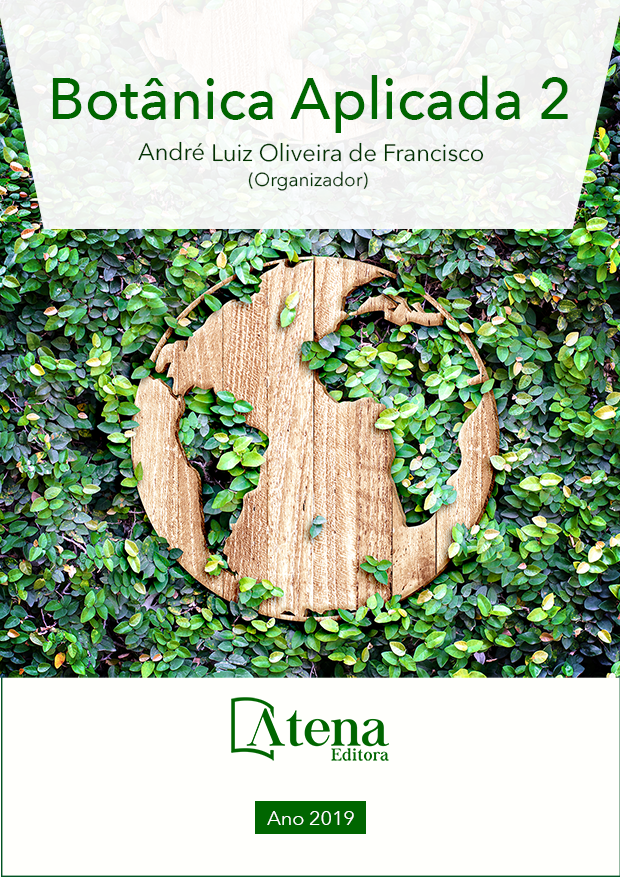
LEVANTAMENTO FITOSSOCIOLÓGICO DE UMA ÁREA DE FLORESTA NATIVA NO PDS VIROLA JATOBÁ, ANAPU, ESTADO DO PARÁ
O presente trabalho objetivou
analisar os parâmetros fitossociológicos de
um componente arbóreo de floresta ombrófila
densa localizado em Anapú-PA (03º04’ 58’’
S e 51º23’11’’ W). Em 12 parcelas de 25 x 25
m (totalizando 7500 m²) foram inventariados
todos os indivíduos com DAP ≥ 15 cm e
estimada a altura (m) das árvores. Para análise
fitossociológica foram calculadas frequencia,
dominância, densidade, índice de valor de
importância, (IVI), índice de Shannon-Weaver e
Equabilidade de Pielou (J). Foram levantados
287 indivíduos distribuídas em 22 famílias e 63
espécies. As famílias que apresentaram maior
número de espécies foram Fabaceae (11) e
Sapotaceae (7). As espécies mais abundantes
foram Matamatá Preto (Eschweilera
blanchetiana (O. Berg) Miers) com 36 indivíduos
e Casca Seca (Licania paraensis Prance.)
com 29 indivíduos. A floresta apresentou
uma alta diversidade florística, com Índice de
Shannon-Weaver estimado em 3,45, ou seja,
há alta distribuição entre os indivíduos dentro
das espécies e na área. Este estudo fornece
subsídios para determinação de intervenção
antrópica na região estudada.
LEVANTAMENTO FITOSSOCIOLÓGICO DE UMA ÁREA DE FLORESTA NATIVA NO PDS VIROLA JATOBÁ, ANAPU, ESTADO DO PARÁ
-
Palavras-chave: fitossociologia, biodiversidade, Amazônia.
-
Keywords: Phytosociology, biodiversity, Amazon.
-
Abstract:
The present work aimed to analyze
the phytosociological parameters of an arboreal
component of dense ombrophylous forest
located in Anapú-PA (03º04 ‘58’ ‘S and 51º23’11
“W). In 12 plots of 25 x 25 m (totaling 7500 m²),
all individuals with DAP ≥ 15 cm were estimated
and the height (m) of the trees estimated.
For phytosociological analysis, frequency,
dominance, density, importance value index,
(IVI), Shannon-Weaver index and Pielou
Equability (J) were calculated. A total of 287
individuals were collected from 22 families and
63 species. The families with the highest number
of species were Fabaceae (11) and Sapotaceae
(7). The most abundant species were Matamatá Preto (Eschweilera blanchetiana (O.
Berg) Miers) with 36 individuals and Casca seca (Licania paraensis Prance.) with 29
individuals. The forest presented high floristic diversity, with a Shannon-Weaver Index
estimated at 3.45, that is, there is a high distribution among the individuals within the
species and in the area. This study provides subsidies for determination of antropic
intervention in the studied region.
-
Número de páginas: 15
- Giorgio Ercides Chiarini Nogueira


